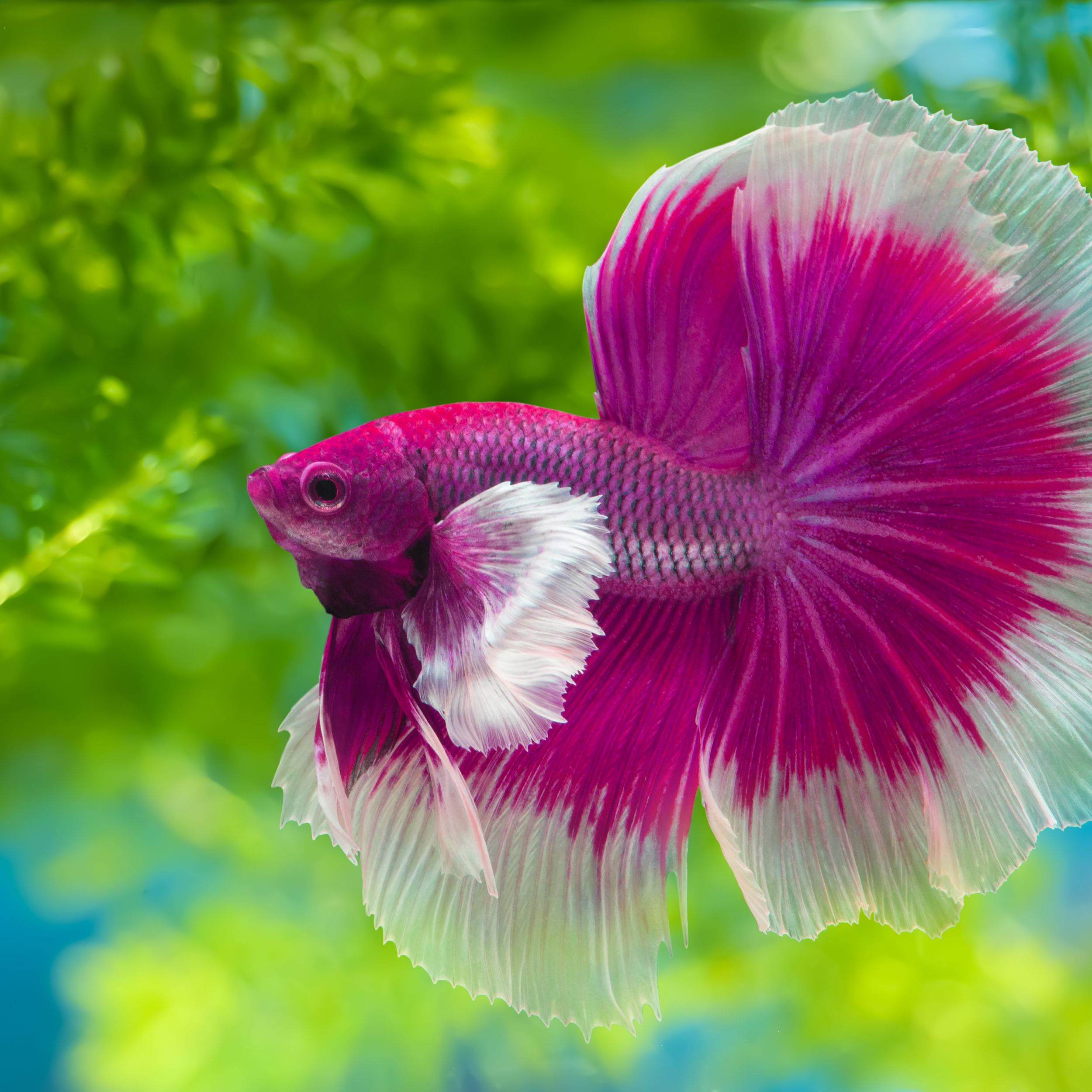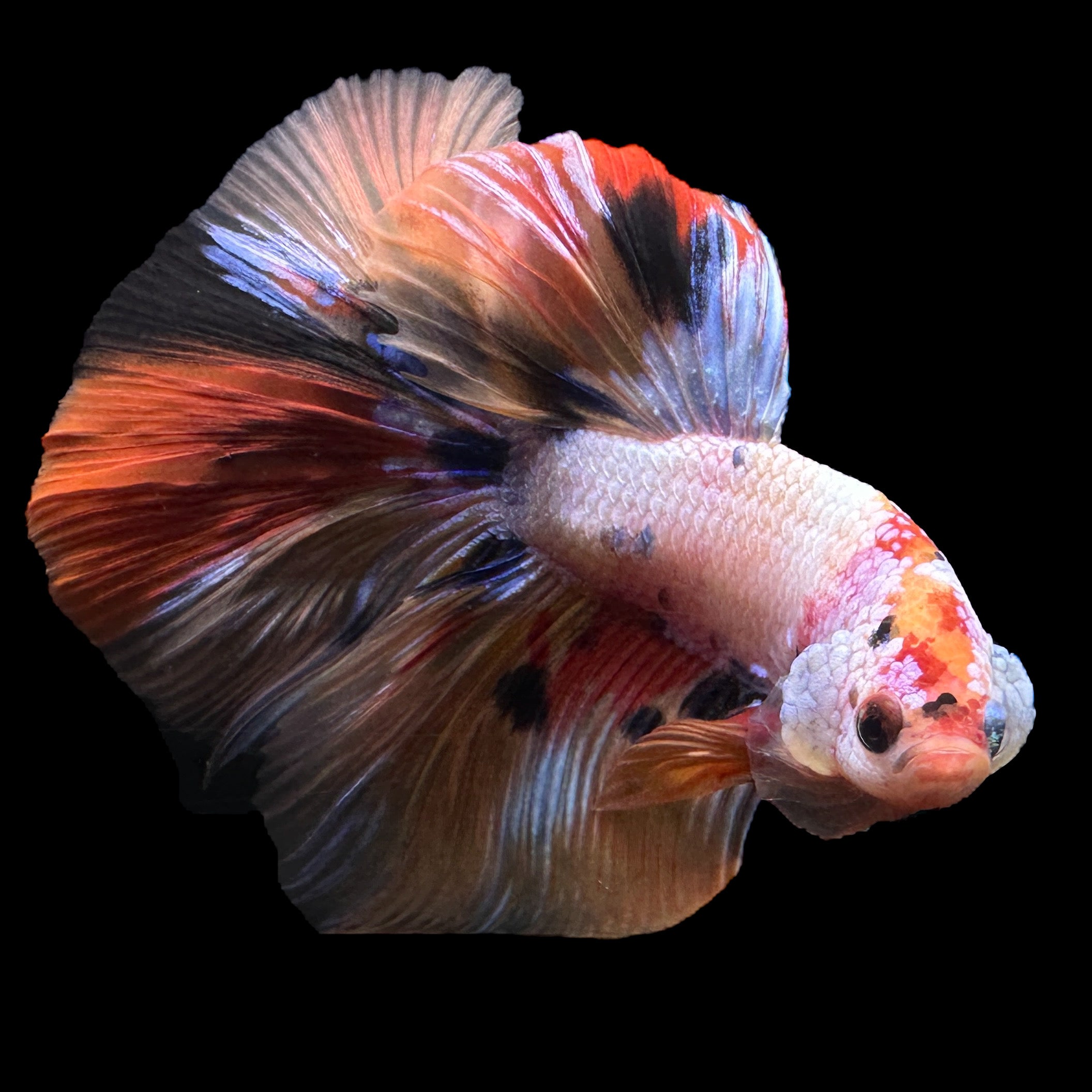The Ultimate Betta Fish Care Guide for New Family Pet Owners
The Ultimate Betta Fish Care Guide for New Family Pet Owners
Blog Article
Exactly How to Reproduce Betta Fish Efficiently: Expert Techniques and Insights for Hobbyists Aiming To Broaden Their Betta Collection
Reproducing Betta fish needs a nuanced understanding of genetics and ecological problems, making it necessary for enthusiasts to approach the procedure with both persistance and care. Producing an optimum reproduction environment, choosing the ideal sets, and observing the intricacies of their courtship behaviors are foundational steps that can dramatically impact the outcome.
Comprehending Betta Fish Genes
Recognizing the genetics of Betta fish is crucial for effective reproduction, as it affects qualities such as color, fin shape, and behavior. Betta fish show a varied variety of colors and patterns, greatly determined by their hereditary make-up.
Along with coloration, fin morphology is another substantial facet of Betta genes (betta fish). The sizes and shape of fins are affected by different genes, including those that determine whether the fins are brief, long, or veil-shaped. Comprehending these genetic variants aids breeders predict the phenotypic end results of their children
Furthermore, behavior qualities such as aggressiveness and territoriality can likewise be influenced by genes. These habits play an important duty in the reproducing process, as they can influence spawning success and the total character of the resulting fry. By comprehensively recognizing these genetic principles, dog breeders can make educated choices, eventually enhancing their reproduction programs and achieving preferable results.
Preparing the Reproduction Atmosphere
Developing an optimum breeding atmosphere is essential for the successful reproduction of Betta fish. The initial action in preparing this environment is to choose an ideal breeding tank, preferably ranging from 5 to 10 gallons.
Next, think about using a sponge filter or an air rock to provide gentle water flow without developing solid currents that can emphasize the fish. It is vital to set up plants or reproducing cones to supply hiding areas and promote convenience for the lady throughout the spawning procedure. Drifting plants, such as Java moss or water sprite, can also create a more natural atmosphere while assisting in bubble nest structure by the man.
Before presenting the reproducing sets, make certain the water is conditioned and cost-free from damaging chemicals, such as chlorine or hefty metals. betta fish. Normal water changes must be carried out to keep ideal water top quality, boosting the chances of effective breeding. With these prep work in position, the reproducing atmosphere will sustain the wellness and health of both Betta fish
Picking Breeding Pairs
Choosing the appropriate reproduction sets is critical for achieving effective Betta fish recreation. When selecting your breeding pairs, consider numerous crucial aspects including health, personality, and genes. Healthy Betta fish display vivid shades, clear eyes, and active behavior. Picking fish that are devoid of illness guarantees a better opportunity of creating practical spawn.
Character is another crucial factor to consider, as Betta fish are understood for their aggressive nature. It is suggested to pop over to this web-site choose a man and female that show compatible personalities to reduce stress and anxiety during the reproducing process. A tranquil male can urge a smoother courtship, while a female that is also aggressive may interfere with the process.
Hereditary background likewise plays a significant function in the top quality of the offspring. Reproducing fish that are genetically varied can minimize the threat of hereditary wellness issues and improve the total vigor of the fry. It is helpful to look into the lineage of both the male and woman, concentrating on desirable characteristics such as fin type, color patterns, and size.
The Breeding Refine
The reproduction process of Betta fish needs cautious preparation and attention to detail to make sure an effective end result. At first, it is crucial to prepare an ideal breeding tank, ideally a 5-10 gallon fish tank with a temperature level kept at 78-80 ° F. The storage tank must be outfitted with a heating system, filter (preferably sponge type to avoid strong currents), and lots of aquatic read this post here plants for the female to hide.
When the atmosphere is set, introduce the chosen reproducing set to the storage tank, enabling them to adapt. Observe their actions; the man will certainly present intricate courtship routines, consisting of flaring his fins and developing a bubble nest. If the woman reveals interest, she will show vertical stripes indicating readiness for spawning.
When the woman is receptive, the set will certainly participate in a mating embrace, during which the male fertilizes the eggs. It is critical to monitor their communications carefully, as the male may become aggressive. After generating, eliminate the lady to avoid possible injury. The male will tend to the eggs, which typically hatch out within 24-36 hours. Maintaining optimal water problems throughout this period is important for the development of healthy and balanced Betta fry.
Caring for Betta Fry

Feeding Betta fry is critical, as they require a diet plan high in healthy protein. They can be fed infusoria or liquid fry food, transitioning to finely crushed top notch pellets as they expand. Feed tiny portions several times a day to encourage healthy growth without overloading the container with leftover food.

As they grow, monitor their growth carefully and separate any type of hostile individuals to avoid injury. By providing a supporting environment and correct nutrition, enthusiasts can successfully elevate Betta fry into lively, healthy fish, eventually enhancing their breeding undertakings.
Conclusion
Effective Betta fish reproduction calls for thorough attention to genetic selection, environmental conditions, and care for the fry. By comprehending the Read Full Report genetics of Betta fish and preparing a proper reproduction setting, enthusiasts can boost the opportunities of generating vibrant, healthy offspring.
Report this page